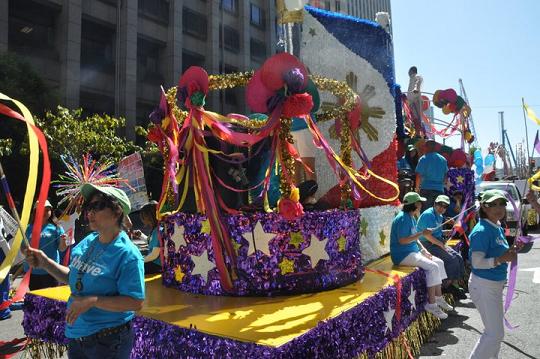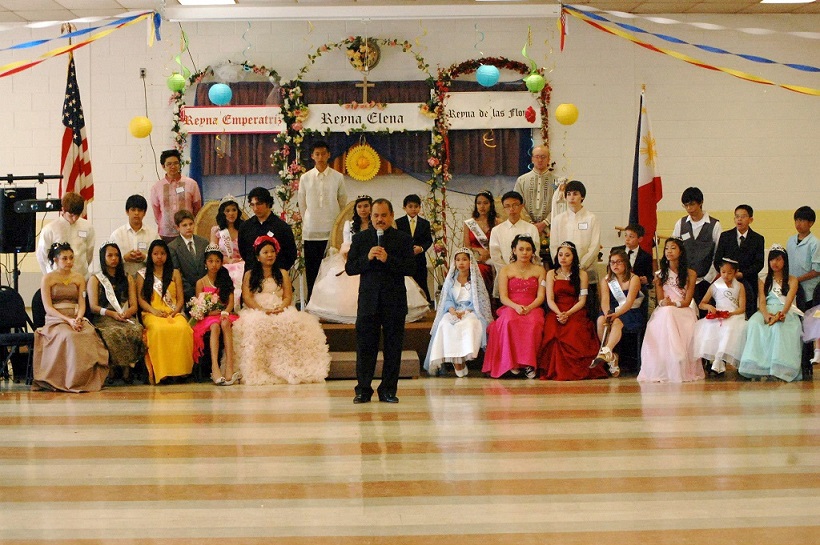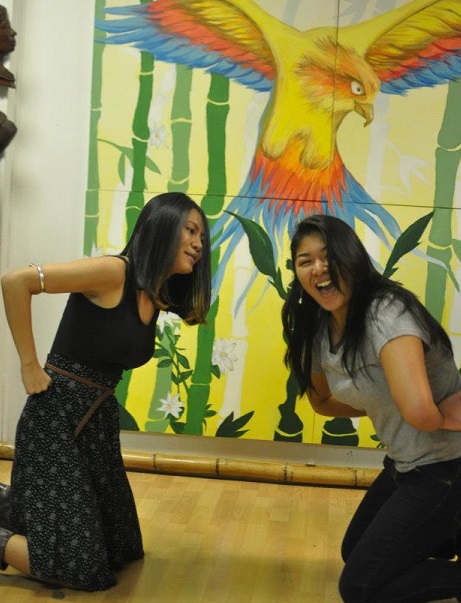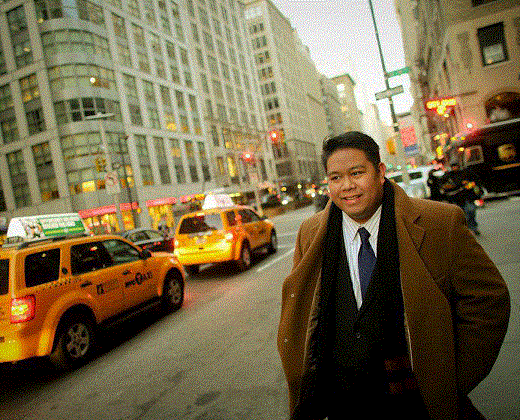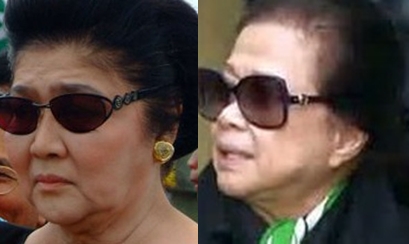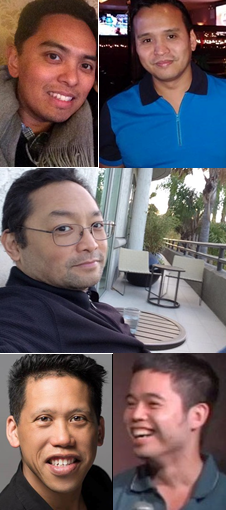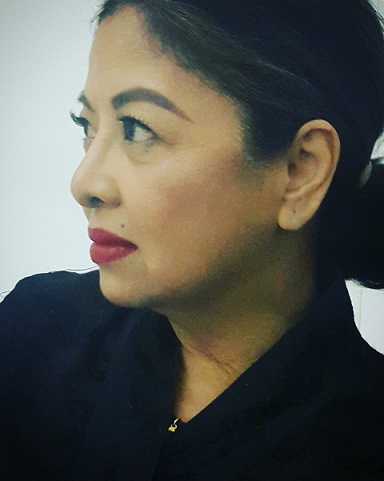Remembering Pat Salaver on FilAm History Month
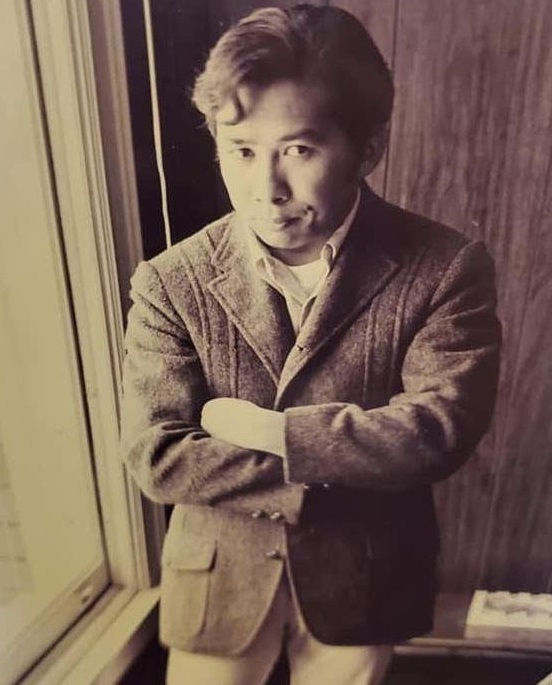
Labor organizers Larry Itliong and Philip Vera Cruz are honored in murals and history books as important leaders in the Filipino American community. There is one who is rarely mentioned. His name: Patrick Salaver.
Salaver founded the first FilAm student organization, the Pilipino American Collegiate Endeavor, in 1967 to help students not only improve their knowledge and understanding of Philippine culture, but also to create “socially aware” Filipino youth, according to the website Patsalaver.com.
PACE was a member of the Third World Liberation Front (TWLF), a student movement that sought to “improve the lives” of Third World students at San Francisco State University (SFSU). Together with the Black Students Union, Filipinos were a significant part of the TWLF strike from November 6, 1968 to March 22, 1969, said to be the longest student strike in history. This mass action led to the formation of the first College of Ethnic Studies at SFSU. The establishment of the CES enabled colleges and universities throughout the U.S. to develop educational classes for people of color. Today there are over 700 CES programs. In 2019, the State of California approved the establishment of ethnic studies at the high school level.
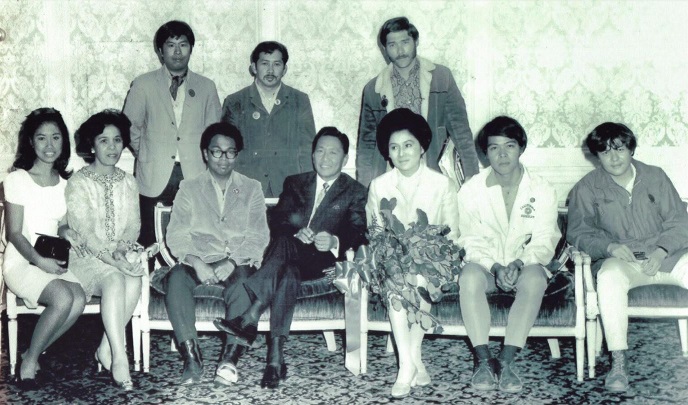
Daniel Phil Gonzales, Ronald Evans Quidachay, Asuncion Panlibuton, Orvy Jundis, Robert Ilumin, and Edward de la Cruz.
He believed Filipinos were a key part in the initial development of ethnic studies in higher
education. He and other Filipino student activists wanted “to educate Filipinos to the contradictions and hypocrisies of American society, to gain control of the political, social, and economic bodies now controlling our lives and to present ourselves as a community.”
Family history
The Salaver family history began in the 1920s at San Francisco’s International Hotel. In the spring of 1969, according to the website, PACE supported the campaign at the I-Hotel to block the eviction of the tenants. “This is the same hotel that housed his (Salaver’s) adopted father, Canuto, upon his arrival in the U.S. in 1927 until 1940,” says the website. The anti-eviction campaign was also supported by student activists from the TWLF chapters in SFSU and the University of California (UC) Berkeley.
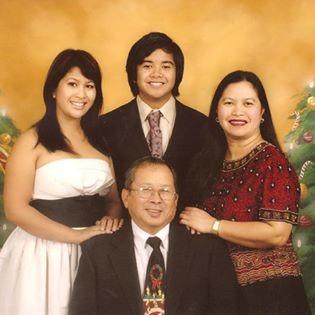
In the 1960s, Salaver and his mother Estrella created social and cultural programs for FilAms and newly arrived Filipinos. He is credited for his leadership of PACE in developing tutoring programs in Bernal Heights and Central City, which is now known as South of Market (SOMA). They tutored Filipinos and neighborhood children seeking to attend college especially at SFSU. He received much of his inspiration and motivation from the work of his mother, who was a music director in churches in San Francisco and led Philippine culture presentations in the Bay Area.
Salaver is considered the first Filipino to teach Philippine history at SFSU. He taught Social Science 77 – The Filipino-American Experience at the Experimental College in 1969. This is in addition to his leadership at PACE and TWLF.
He died peacefully on August 28, 2019, surrounded by his loving family. His wife Marcy was at his side, holding his hands. He left behind a loving wife; his son, Marc Patrick; daughter, Sherelle; her husband, Justin Johnson; a grandson, Asher; four sisters; two brothers; and numerous nieces and nephews.
Members of the Salaver family have been activists, business owners, community leaders, artists, and performers.

